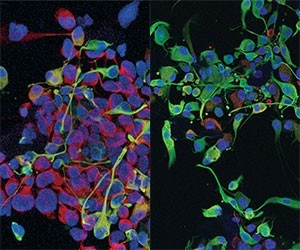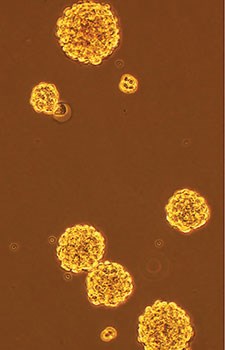The Search for New Treatments
Researchers around the world are working to find better treatments for DIPG.

|

|
In recent years, researchers have taken large strides in understanding the biology of DIPG. We now have a basic understanding of some of the genetic mutations causing DIPG, and are able to search for potiential targets for drugs. Yet, there is still a lot to learn about what causes DIPG. Much of the knowledge gained comes from the laboratory, where researchers work with samples of DIPG tumors. Until recently, there has been a shortage of tissue samples. This is because DIPG is relatively rare, and because it is often diagnosed using imaging instead of surgical biopsy. But as biopsies are becoming more common, and as more tissue from autopsy has been donated in recent years, the pace of research in the lab is increasing exponentially.
When promising drugs are discovered in the lab, the next step is a clinical trial. It is challenging to conduct clinical trials (studies comparing different treatments in people) for DIPG because the disease is rare. In general, clinical trials produce more useful information when a large number of patients participate. Using data generated from clinical trials is challenging because different trials use different criteria to diagnose DIPG and evaluate any response to the experimental treatment.
The DIPG Registry is assisting the research community by providing access to a wealth of standardized data and tumor samples from a large and diverse population of DIPG patients. This should help researchers design better treatments and better clinical trials.
